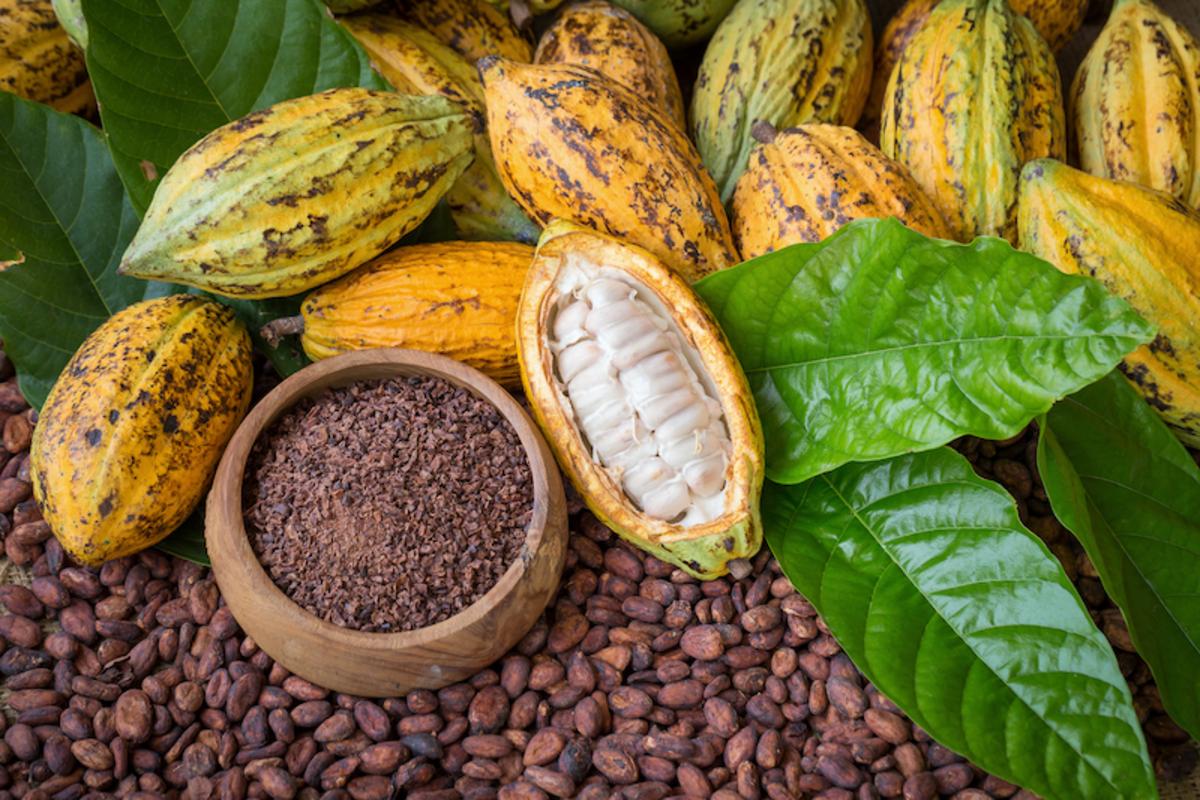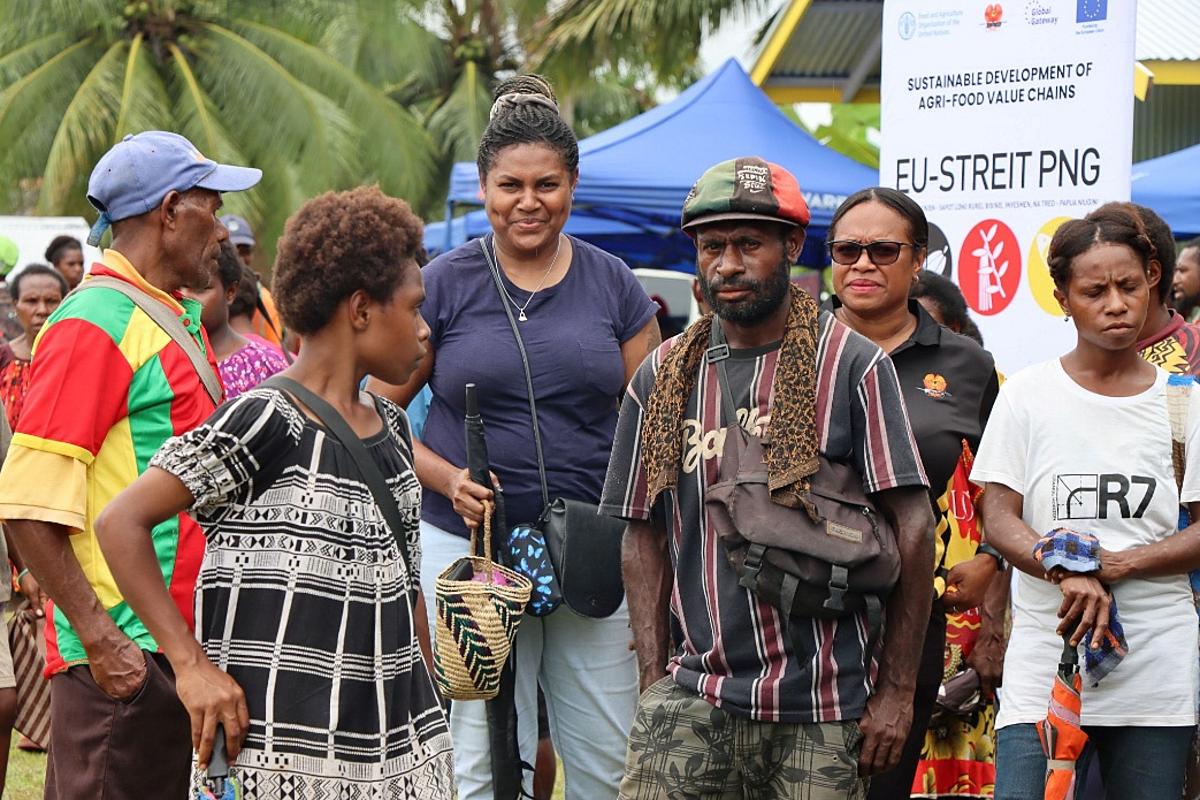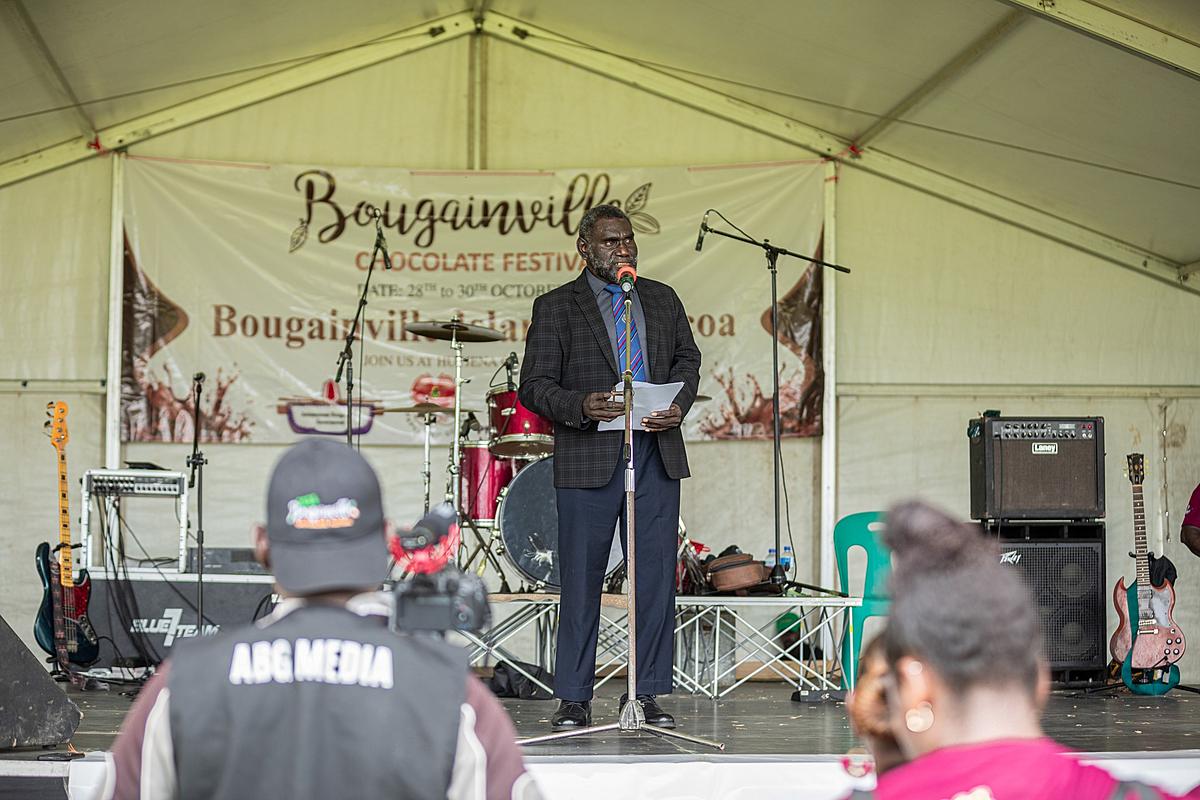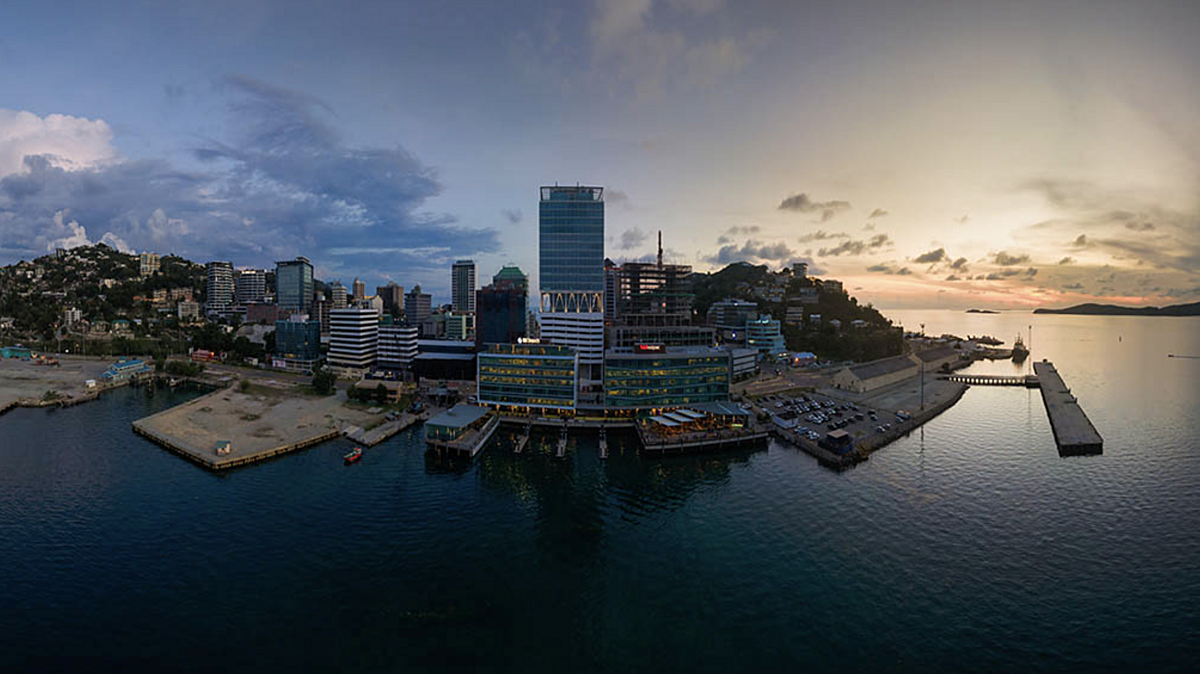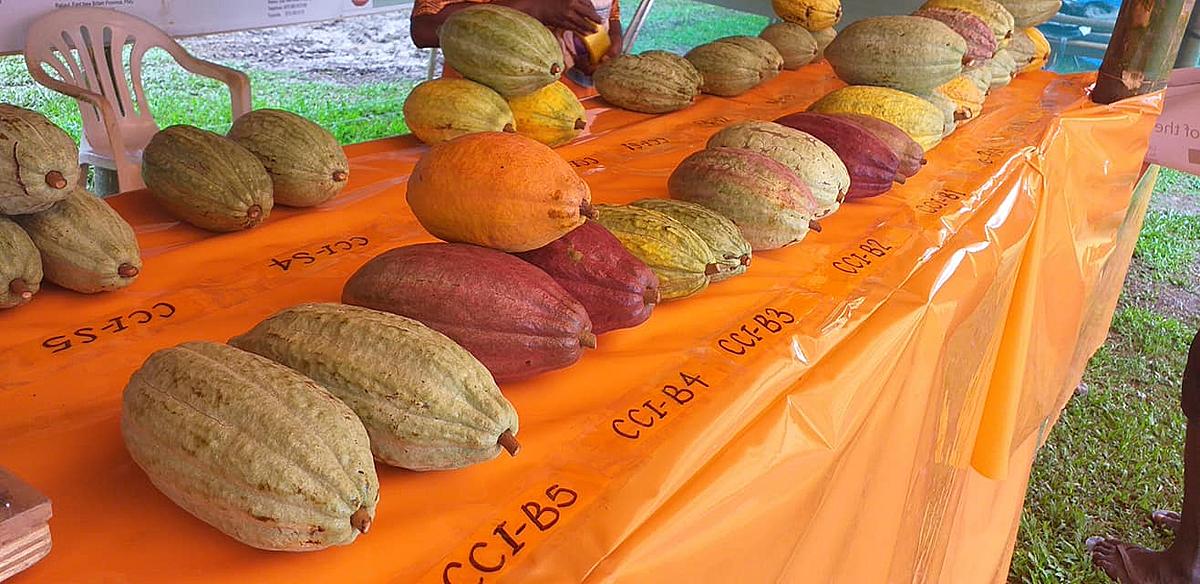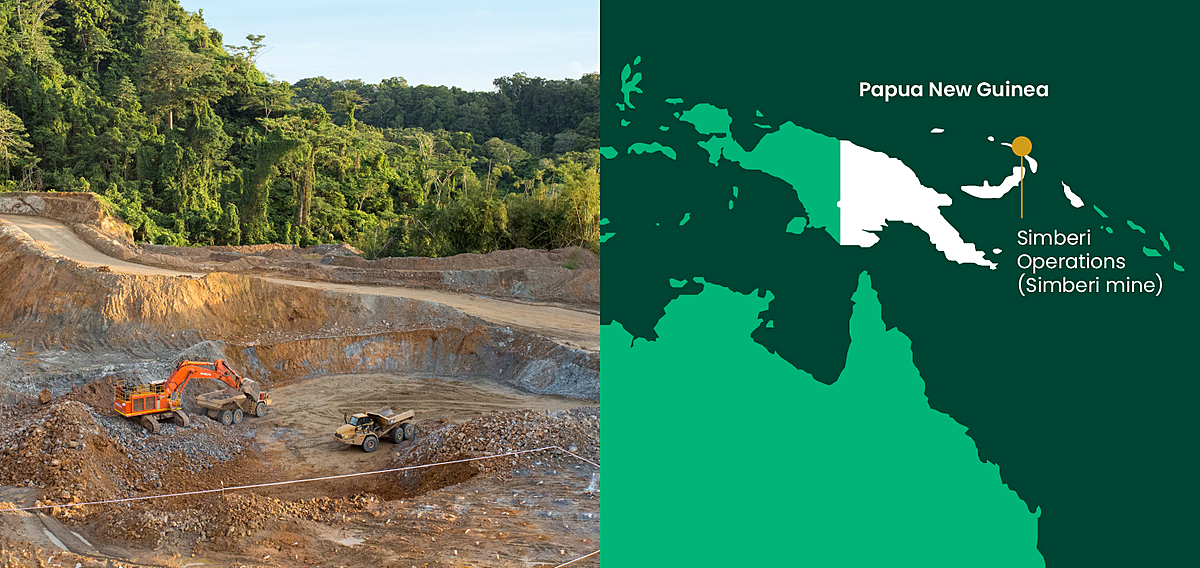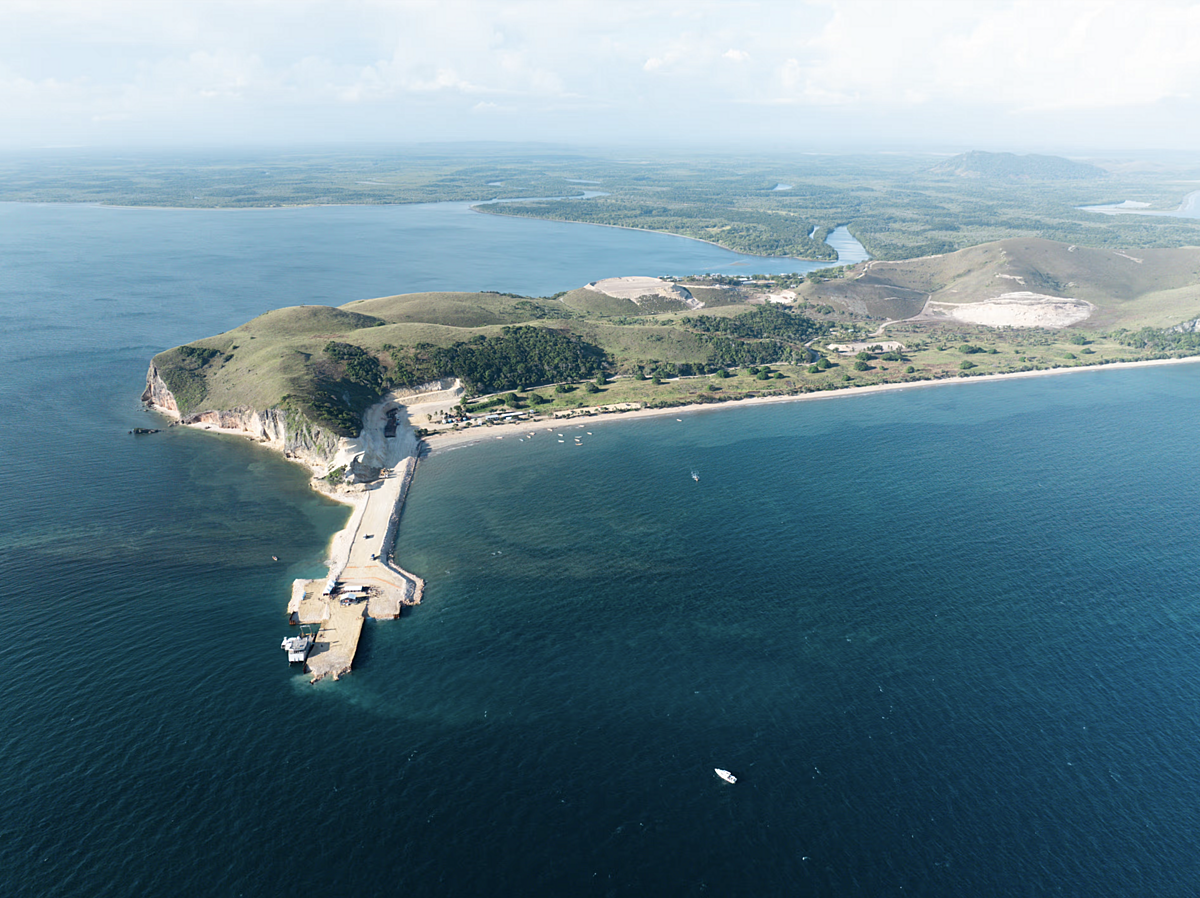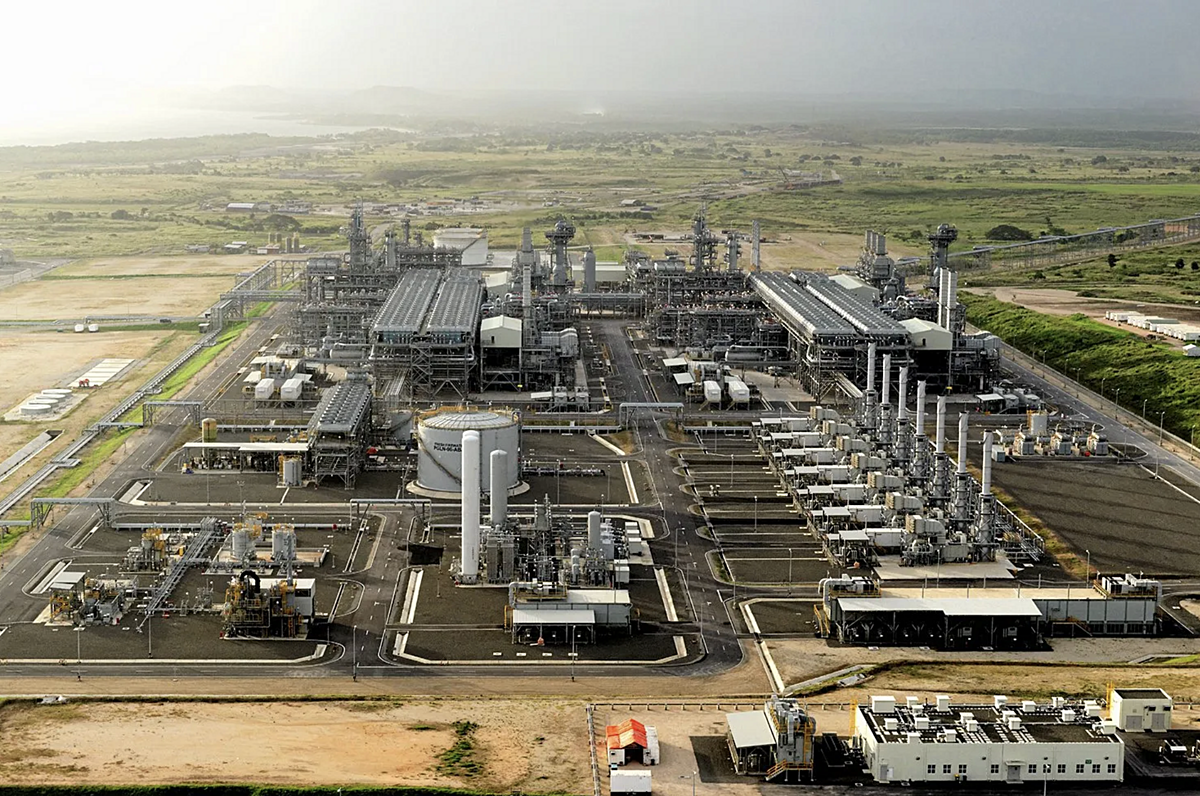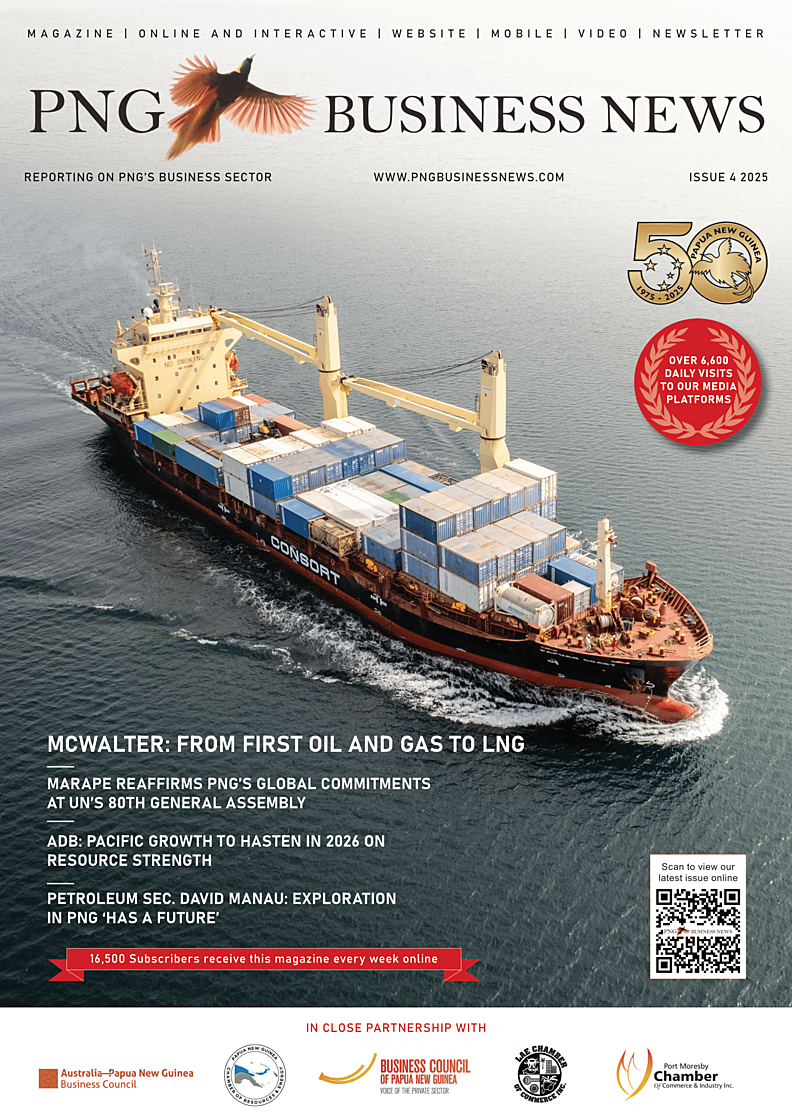Photo credit: Paga Hill Estate
The Yangoru-Saussia District in the East Sepik Province is undergoing a phase of significant and progressive transformation as local farmers will benefit from a direct cash injection that will see a new revolution in cocoa production.
Currently, the Cocoa Board has reported that the district produced 9,000 metric tons of cocoa in 2022, the highest in the country. East Sepik produces 15,000 metric tons of cocoa in total, counting its the other six districts.
Given these overwhelming statistics, farmers have become victims of middlemen who facilitate the exports of dry cocoa beans. Just recently, a landmark board decision by the Yangoru Saussia District Development Authority (DDA) was made in a meeting in which they agreed to part ways with all the middlemen.
Yangoru Saussia DDA Chairman and local MP and Minister for International Trade and Investment Richard Maru said foreign middlemen who have been buying and exporting cocoa in the district are the ones who benefit the most financially from the hard labour of local farmers.
“So now we are working to create and implement solutions to cut off any interference from foreigners in the buying process from these foreign parties for local farmers to enjoy the benefits of their labour,” he said.
MP Maru added that the landmark decision regarding cocoa and vanilla was made also during the DDA meeting, based entirely on the survey carried out and fully funded in all 96 council wards of the district.
"Our District is the first in the province and possibly the country to undertake a first-ever detailed agriculture survey with particular focus on cocoa and vanilla production,” Mr. Maru said.
“Yangoru Saussia is currently producing 60 percent of East Sepik cocoa, as per the cocoa board’s statistics. East Yangoru alone produces over 50 percent of the district's cocoa and 30 percent of the province’s cocoa,” he added.
“Under the current business arrangement, foreign middleman export companies are still the winners from the toil and sweat of our farmers. Our decisions regarding cocoa have been to cut off the foreign middleman and to transfer the saved margin to our farmers through value-added increase prices," Maru reiterated.
According to the resolutions passed, YSDDA will invest K500,000 into Ninire Agro Investment Ltd (NAIL), a business arm and a subsidiary company of the district.
The company will then be in partnership with Innovative Agro Industries (IAI) and possibly with Kumul Consolidated Holdings (KCH) and will start buying cocoa from local farmers.
The people of Yangoru Saussia will also be eligible to buy shares in the company in which the board has already nominated the founding directors and will be managed by Innovative Agro Industries.
“YSDDA will also invest K500,000 to replace all wood fire cocoa fermenters so that solar dry quality cocoa beans can be introduced which will be able to fetch premium prices,” Mr. Maru said.
“To start, we will control and focus more on quality, which is to remove wood-fired fermenters and maintain the 100 percent organic stallholder farmers' production status. The next stage will be to process our own high-quality Sepik fresh chocolates and other by-products from our own cocoa,” the minister stated.
“In 2020, the national government had given each district K2 million in Covid-19 funding with guidelines that 50 percent of this funding will be spent on agricultural activities, 25 percent on Water Sanitation and Hygiene (WASH), and the other 25 percent on SMEs,” he added.
“The YSSDDA board had resolved that the agricultural component of K1 million will all be invested in cocoa to increase production, improve quality, cut off foreign middlemen, and improve prices and full ownership by our people.”
“We are expecting our increase in cocoa production to 18,000 metric tons per year, which will increase earnings from the current K55 million to over K100 million per year going directly to local farmers," Mr. Maru said.
According to data collected from one of PNGs biggest food manufacturing companies, Paradise Foods has been using only 2000 metric tons of cocoa per year to produce the Queen Emma Chocolate brand.
This gives way for a potential shift to downstream processing for the Yangoru Saussia District with their proposed production target of 18,000 metric tons of the best quality soar dried cocoa annually.
Meanwhile, the agricultural survey that was carried out in the district also revealed statistics on its vanilla production.
The findings showed that vanilla has about 6,918 farmers who produce 83 metric tons of sun-dried and cured vanilla beans, which produce a revenue of K25 million per year.
“For cocoa and vanilla alone, Yangoru Saussia generates over K80 million per year. We aim to double that production and increase earnings to over K100 million for cocoa and K50 million for vanilla per year. As mentioned, this is the first ever cocoa and vanilla research and survey undertaken by a provincial district,” the minister said.
The reports and recommendations highlighted in the survey will be used for planning in partnership with UNFAO (United Nations Food and Agriculture Organization), private sector investors, and other stakeholders to improve the cocoa industry in Yangoru Saussia and East Sepik Province,” Maru said.
The YSDDA has also agreed to make key interventions – a district cocoa and vanilla policy, farmer mobilization, memoranda with key stakeholders, central processing and marketing center with capacity building of farmers and extension officers, and an agriculture resource and service hub to support and coordinate the systems to be implemented.
“Apart from investment in helping to build more nurseries in the district to produce cocoa seedlings, we will be embarking on a new program to improve the production of yields per hectare for individual farmers working through the cocoa co-operative society network in our district. We want to focus on increasing the yield per hectare," the minister.
“East Sepik Province once had K5 million internal revenue, but it had increased to K15 million and is still climbing. How are we climbing when we have no mine? We are climbing on the back of cocoa and other agricultural produce,” Maru said.
The people of Yangoru Saussia district now must increase cocoa production by replacing old senile trees and planting new cocoa plots to see the investment in its business arm Ninire Agro's progress, he said.

